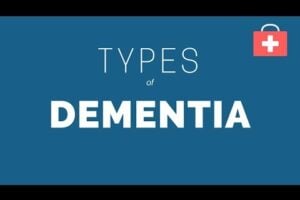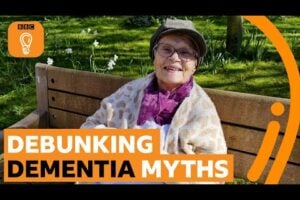PROGRESS IN THE NEWS: 100 years ago, Dr. Alois Alzheimer’s identified plaques and tangles as the hallmarks of Alzheimer’s. In the search for a cure, scientists recently sharpened his discovery by revealing how tangles join end-to-end to create longer filaments. Drugs that can block this grouping may block Alzheimer’s. Learn the latest.
Early in the course of Alzheimer’s disease–long before future patients begin to notice symptoms–neurofibrillary tangles composed of tau protein aggregates begin to form in their brain cells. How toxic these aggregates are and how well they spread depend on their size. However, scientists studying tangle formation have not been able to explain why different sizes of cable-like tau aggregates appear in disease.
Drugs to Inhibit Aggregation
But now, researchers at The Ohio State University have discovered that instead of adding just one protein at a time, fibrils of various lengths can join end-to-end to create one longer filament. The finding, which appears in the Journal of Biological Chemistry, helps explain how fibrils can grow to hundreds of nanometers and could also help researchers understand mechanisms of an emerging group of drug candidates designed to inhibit tau aggregation.
Two Proteins Bind, More Proteins Latch On
Scientists can use mathematical models to describe biological processes such as fibril formation. A common simple model of tau aggregation includes two steps. In the first step, two tau proteins bind slowly, and, in the second step, additional tau molecules latch on quickly.

Biophysicists have discovered a new mechanism by which aggregates of tau protein, called fibrils, can grow. Two fibrils can attach end-to-end. This figure shows a fibril composed of smaller fibrils labeled in three colors. The researcher labeled tau proteins with three different fluorescent dyes and allowed them to aggregate in separate test tubes. Then she mixed these different colored fibrils together in a fourth test tube. Images taken with a super-resolution fluorescence microscope showed long fibrils with short sections of each color, indicating that fibrils from original test tubes must have joined ends to form longer fibrils. Credit: Carol Huseby/Ohio State University
First author Carol Huseby, a graduate student in the lab of Jeff Kuret, working in collaboration with Ralf Bundschuh, set out to expand this mathematical model to include other known ways that tau fibrils behave. Scientists have observed, for example, that sometimes one fibril fragments into two. Other times, a new fibril can nucleate in the middle of an existing fibril.
Simple Two-Step Model
The simple two-step model predicted that a test tube filled with purified tau protein would result in a large number of short fibrils. But Huseby knew that when researchers look at aggregated tau protein under a microscope, they see a smaller number of long fibrils. That discrepancy suggested that something was happening in the real world that hadn’t been accounted for in the model. They hypothesized that perhaps short fibrils could attach end-to-end to get longer.
Huseby ran a series of experiments to test the hypothesis. In one, first she labeled tau proteins with three different fluorescent colors and allowed them to aggregate in separate test tubes. Then she mixed these different colored fibrils together in a fourth test tube.
Long Fibrils, Short Sections
Images taken with a super-resolution fluorescence microscope showed long fibrils with short sections of each color, indicating that fibrils from original test tubes must have joined ends to form longer fibrils. Control experiments established that this can’t be explained by labeled molecules’ preference for like labels.
After Huseby incorporated this new mechanism into the model, it produced a much better description of what purified tau proteins were really doing as they formed aggregates. This study is the first to show that the fibrils can elongate by more than a single tau protein at a time.
Tau Fibrils: Cause and Effect
Alzheimer’s researchers are still trying to discern whether tau fibrils are a cause or simply an effect of the disease. One possibility is that transmission of fibrils from one cell to another may contribute to the spread of disease in the brain. A very long fibril, according to Kuret, is unlikely to spread in this way. “But once it’s broken up into little pieces, those can diffuse, facilitating their movement from cell to cell.”
This study used just one type of tau. Six isoforms of different length are known, and phosphorylation and other changes increase the protein’s complexity. The researchers plan to incorporate these variables in future work, and to begin to use the model to understand how tau inhibitors change the protein aggregates’ behavior.
SUPPORT:
- This research was funded by the National Institutes of Health.











